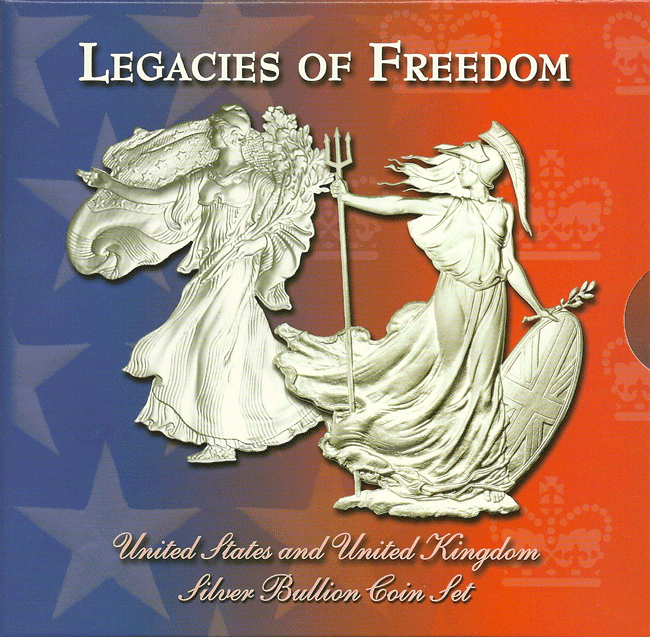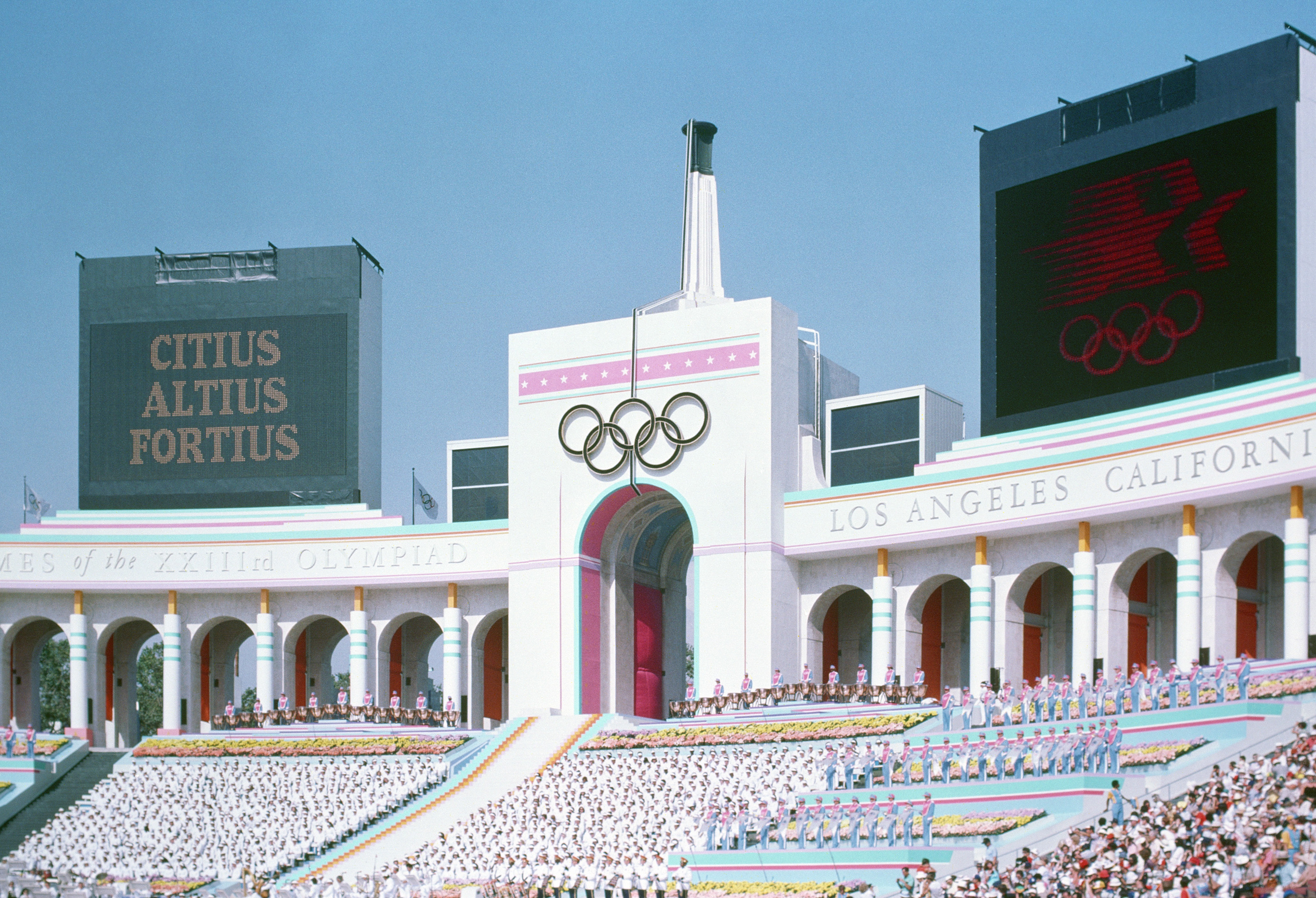|
West Point Bullion Depository
The West Point Mint is a U.S. Mint production and depository facility erected in 1937 near the U.S. Military Academy in West Point, New York. the mint holds 22% of the United States' gold reserves, or approximately (over $100 billion USD as of 2021). The mint at West Point is second only to the gold reserves held in secure storage at Fort Knox. Originally, the West Point Mint was called the West Point Bullion Depository. At one point it had the highest concentration of silver of any U.S. mint facility, and for 12 years produced circulating Lincoln cents. It has since minted mostly commemorative coins and stored gold. It gained official status as a branch of the United States Mint on March 31, 1988. Later that year it was listed on the National Register of Historic Places. Building Prior to its 2005 remodel that added a second story, the mint was a one-story reinforced concrete structure with a flat roof. The walls are mostly featureless with some recessed arches at the en ... [...More Info...] [...Related Items...] OR: [Wikipedia] [Google] [Baidu] |
West Point, New York
West Point is the oldest continuously occupied military post in the United States. Located on the Hudson River in New York (state), New York, General George Washington stationed his headquarters in West Point in the summer and fall of 1779 during the American Revolutionary War, and later called it "the most important Post in America" in 1781 following the war's end. West Point also was the site of General Benedict Arnold's failed attempt at treason during the Revolutionary War. West Point was first occupied by the United States Armed Forces in January 1778 by Brigadier General Samuel Holden Parsons. Since, West Point has been occupied by the United States Army. It comprises land and water including the campus of the United States Military Academy, which is commonly referred to as "West Point". West Point is a census-designated place (CDP) located in the town of Highlands, New York, Highlands in Orange County, New York, Orange County, located on the western bank of the Hudson Ri ... [...More Info...] [...Related Items...] OR: [Wikipedia] [Google] [Baidu] |
Mint Mark
A mint mark is a letter, symbol or an inscription on a coin indicating the mint where the coin was produced. It is distinct from a mintmaster mark, the mark of the mintmaster. History Mint marks were first developed to locate a problem. If a coin was underweight, or overweight, the mint mark would immediately tell where the coin was minted, and the problem could be located and fixed. Another problem which could occur would be a dishonest mint official debasing the coin, or putting less precious metal in the coin than specified. The first mint marks, called "Magistrate Marks" were developed by the Greeks, and named the Magistrate in charge of producing that coin. Debasing a coin, or otherwise tampering with it, was a very serious crime, often punishable by death in many civilizations. For example, in 1649, the directors of the Spanish colonial American Mint at Potosí, in what is today Bolivia, were condemned to death for seriously debasing the coinage. The initials of the ass ... [...More Info...] [...Related Items...] OR: [Wikipedia] [Google] [Baidu] |
Athena
Athena or Athene, often given the epithet Pallas, is an ancient Greek religion, ancient Greek goddess associated with wisdom, warfare, and handicraft who was later syncretism, syncretized with the Roman goddess Minerva. Athena was regarded as the patron and protectress of various cities across Greece, particularly the city of Athens, from which she most likely received her name. The Parthenon on the Acropolis of Athens is dedicated to her. Her major symbols include Owl of Athena, owls, olive trees, snakes, and the Gorgoneion. In art, she is generally depicted wearing a helmet and holding a spear. From her origin as an Aegean tutelary deity, palace goddess, Athena was closely associated with the city. She was known as ''Polias'' and ''Poliouchos'' (both derived from ''polis'', meaning "city-state"), and her temples were usually located atop the fortified acropolis in the central part of the city. The Parthenon on the Athenian Acropolis is dedicated to her, along with numero ... [...More Info...] [...Related Items...] OR: [Wikipedia] [Google] [Baidu] |
Obverse
The obverse and reverse are the two flat faces of coins and some other two-sided objects, including paper money, flags, seals, medals, drawings, old master prints and other works of art, and printed fabrics. In this usage, ''obverse'' means the front face of the object and ''reverse'' means the back face. The obverse of a coin is commonly called ''heads'', because it often depicts the head of a prominent person, and the reverse ''tails''. In numismatics, the abbreviation ''obv.'' is used for ''obverse'',David Sear. ''Greek Imperial Coins and Their Values.'' Spink Books, 1982. p. xxxv. while , )(Jonathan Edwards. ''Catalogue of the Greek and Roman Coins in the Numismatic Collection of Yale College, Volume 2.'' Tuttle, Morehouse & Taylor, 1880. p. 228. and ''rev.''Allen G. Berman. ''Warman's Coins And Paper Money: Identification and Price Guide.'' Penguin, 2008. are used for ''reverse''. Vexillologists use the symbols "normal" for the obverse and "reverse" for the r ... [...More Info...] [...Related Items...] OR: [Wikipedia] [Google] [Baidu] |
Color Guard
In Military, military organizations, a colour guard (or color guard) is a detachment of soldiers assigned to the protection of Colours, standards and guidons, regimental colours and the national flag. This duty is highly prestigious, and the military colour is generally carried by a young officer (Ensign (rank), ensign), while experienced non-commissioned officers (colour sergeants) are assigned to the protection of the national flag. These non-commissioned officers, accompanied in several countries by warrant officers, can be ceremonially armed with either sabres or rifles to protect the colour. Colour guards are generally dismounted, but there are also mounted colour guard formations as well. History As long as armies existed there was a need for soldiers to know where their comrades were. A solution to this problem was the carrying of colourful banners or other insignia. Such flags or banners either showed a personal symbol of the leader of said units or a symbol for the "st ... [...More Info...] [...Related Items...] OR: [Wikipedia] [Google] [Baidu] |
American Silver Eagle
The American Silver Eagle is the official silver bullion coin of the United States. It was first released by the United States Mint on November 24, 1986, and portrays the Goddess of Liberty in a design by Adolph A. Weinman that was originally used on the Walking Liberty half dollar from 1916 to 1947. The American Silver Eagle is struck only in the one-troy ounce, which has a nominal face value of one dollar and is guaranteed to contain one troy ounce of 99.9% pure silver. It is authorized by Title II of Public Law 99-61 (Liberty Coin Act, approved July 9, 1985) and codified as (e)-(h). Its content, weight, and purity are certified by the United States Mint. In addition to the bullion version, the United States Mint has produced a proof version and an uncirculated version for coin collectors. The Silver Eagle has been produced at three mints: the Philadelphia Mint, the San Francisco Mint, and the West Point Mint. The American Silver Eagle bullion coin may be used to fund ... [...More Info...] [...Related Items...] OR: [Wikipedia] [Google] [Baidu] |
American Gold Eagle
The American Gold Eagle is an official gold bullion coin of the United States. Authorized under the Gold Bullion Coin Act of 1985, it was first released by the United States Mint in 1986. Because the term "eagle" also is the official United States designation for the pre-1933 ten dollar gold coin, the weight of the bullion coin is typically used when describing American Gold Eagles (e.g., "1/2-ounce American Gold Eagle") to avoid confusion with the pre-1933 coins. This is particularly true with the 1/4-oz American Gold Eagle, which has a marked face value of ten dollars, the same as that of its predecessor. Details Offered in 1/10 oz, 1/4 oz, 1/2 oz, and 1 oz denominations, these coins are guaranteed by the U.S. government to contain the stated amount of actual gold weight in troy ounces. By law, the gold must come from sources in the United States, alloyed with silver and copper to produce a more wear-resistant coin. In addition, sales of these and other specie coins fro ... [...More Info...] [...Related Items...] OR: [Wikipedia] [Google] [Baidu] |
Gold Coin
A gold coin is a coin that is made mostly or entirely of gold. Most gold coins minted since 1800 are 90–92% gold (22fineness#Karat, karat), while most of today's gold bullion coins are pure gold, such as the Britannia (coin), Britannia, Canadian Gold Maple Leaf, Canadian Maple Leaf, and American Buffalo (coin), American Buffalo. Alloyed gold coins, like the American Gold Eagle and South African Krugerrand, are typically 91.7% gold by weight, with the remainder being silver and copper. Until about the 1930s, gold coins were Circulation (currency), circulation coins, including Exonumia, coin-like bracteates and Gold dinar, dinars. Since then, gold coins have mainly been produced as bullion coins for Gold as an investment, investors and as commemorative coins for Coin collecting, collectors. While modern gold coins are still legal tender, they are not used in everyday financial transactions, as the metal value invariably exceeds the Real versus nominal value (economics), nominal ... [...More Info...] [...Related Items...] OR: [Wikipedia] [Google] [Baidu] |
Legal Tender
Legal tender is a form of money that Standard of deferred payment, courts of law are required to recognize as satisfactory payment in court for any monetary debt. Each jurisdiction determines what is legal tender, but essentially it is anything which, when offered ("tendered") in payment of a debt, extinguishes the debt. There is no obligation on the creditor to accept the tendered payment, but the act of tendering the payment in legal tender discharges the debt. It is generally only mandatory to recognize the payment of legal tender in the discharge of a monetary debt from a debtor to a creditor. Sellers offering to enter into contractual relationship, such as a contract for the sale of goods, do not need to accept legal tender and may instead contractually require payment using electronic methods, foreign currencies or any other legally recognized object of value. Coins and banknotes are usually defined as legal tender in many countries, but personal cheque, checks, credit c ... [...More Info...] [...Related Items...] OR: [Wikipedia] [Google] [Baidu] |
1984 Los Angeles Olympic Games
The 1984 Summer Olympics (officially the Games of the XXIII Olympiad and commonly known as Los Angeles 1984) were an international multi-sport event held from July 28 to August 12, 1984, in Los Angeles, California, United States. It marked the second time that Los Angeles had hosted the Games, the first being in 1932. This was the first of two consecutive Olympic Games to be held in North America, with Calgary, Alberta, Canada, hosting the 1988 Winter Olympics. California was the home state of the incumbent U.S. president Ronald Reagan, who officially opened the Games. These were the first Summer Olympic Games under the IOC presidency of Juan Antonio Samaranch. The 1984 Games were boycotted by fourteen Eastern Bloc countries, including the Soviet Union and East Germany, in response to the American-led boycott of the 1980 Summer Olympics in Moscow, Russian SFSR, in protest of the Soviet invasion of Afghanistan; Romania was the only Soviet-aligned state that opted to attend th ... [...More Info...] [...Related Items...] OR: [Wikipedia] [Google] [Baidu] |






